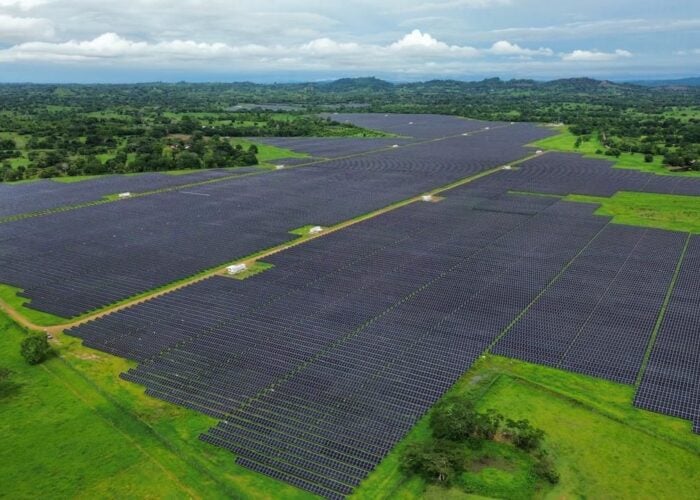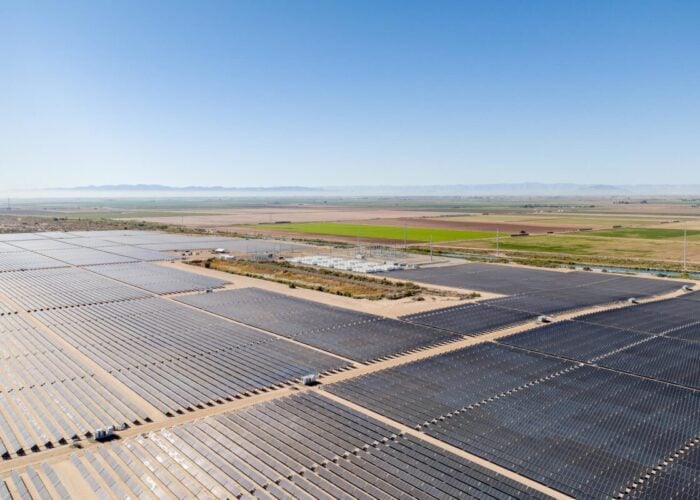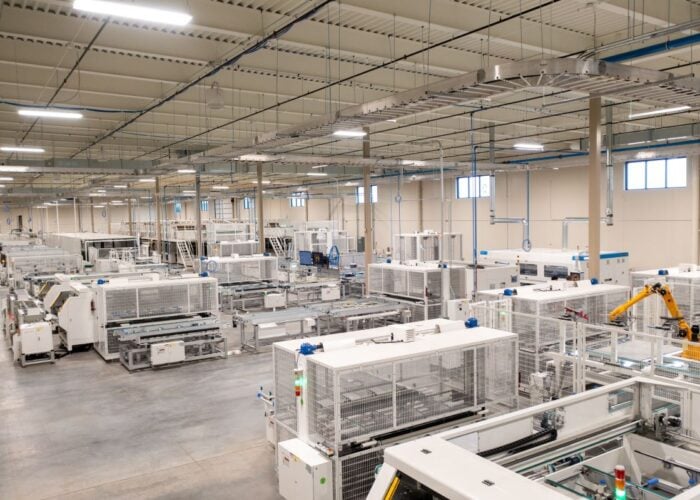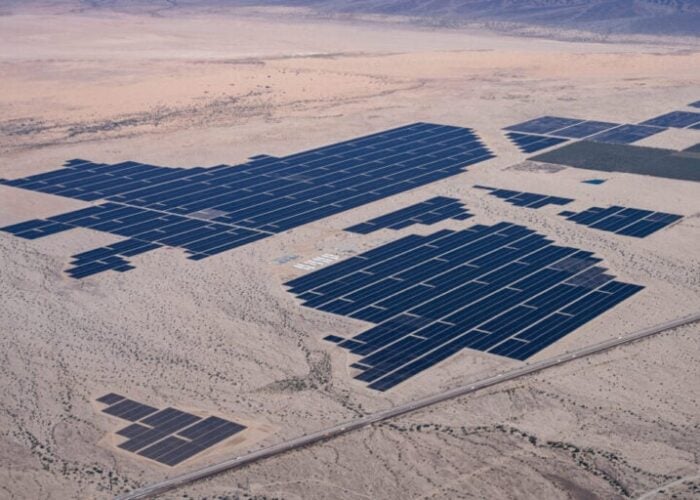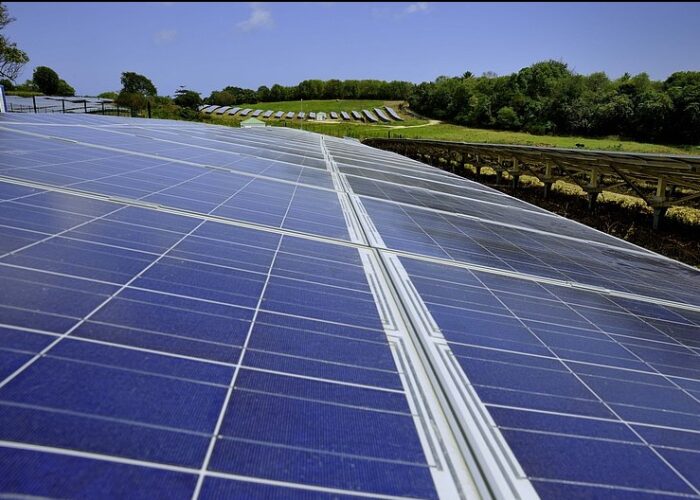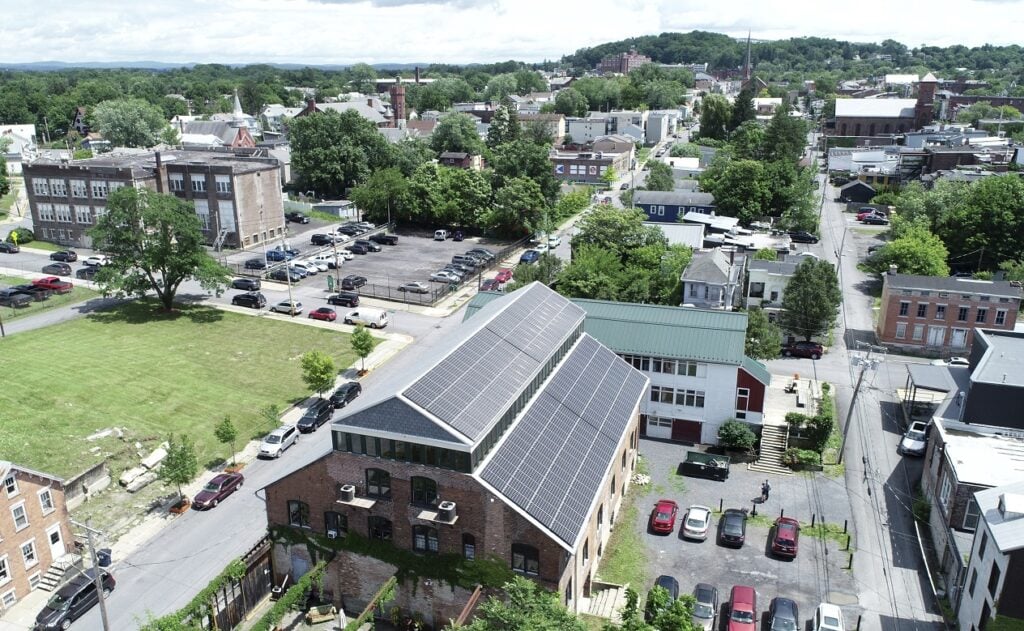
The US distributed solar sector added 808,349 new operational systems in 2023, a record figure for a 12-month period, and the latest headline figure from a sector that has seen increasing numbers of installations, and increasing efficiency of modules, over the last decade.
These are some of the key takeaways from ‘Tracking the Sun’, the latest report into the US distributed solar sector, produced by the Lawrence Berkeley National Laboratory (LBNL). Published this week, the 2024 edition of the report, which covers figures up to the end of 2023, includes information on the US distributed solar sector, which LBNL defines as residential systems, roof-mounted non-residential systems and ground-mounted systems up to 5MW in capacity.
Unlock unlimited access for 12 whole months of distinctive global analysis
Photovoltaics International is now included.
- Regular insight and analysis of the industry’s biggest developments
- In-depth interviews with the industry’s leading figures
- Unlimited digital access to the PV Tech Power journal catalogue
- Unlimited digital access to the Photovoltaics International journal catalogue
- Access to more than 1,000 technical papers
- Discounts on Solar Media’s portfolio of events, in-person and virtual
The LBNL distributed database now includes 3.7 million distributed solar systems, representing 78% of the entire US market, and report analyses 550,000 solar systems installed in 2023 to extrapolate conclusions for the entire country. These systems installed in 2023 represent 71% of all distributed systems installed in the US last year, which totalled over 800,000 for the first time in history, as shown in the graph below.
It is notable, however, that the greatest decline in median installation price, seen between 2013 and 2014, did not coincide with the greatest year-on-year increase in number of installations, seen between 2021 and 2022.
The report notes that much of the rapid decline in average module price seen in the early 2010s is down to rapidly falling module prices across the entire PV supply chain, whereas more recent price declines are the result of falling soft costs, which are an influential factor, but are unlikely to have as dramatic an impact as a change in the price of the modules themselves.
The report also notes that, between 2022 and 2023, the median non-residential system profiled by the report—that is to say roof-mounted projects in a range of sectors—saw a price increase for the first time in 15 years. However, this price increase was no higher than US$0.2/W, and the report notes that such small changes can be sensitive to changes in inflation, which has been notably high in recent years.
Increasing module size and efficiency
The report also notes that the average size of installed distributed systems has increased over the last decade, with residential systems reaching a mean size of 7.4kW in 2023. Notably, the range of prices for residential systems is much narrower than the non-residential systems profiled in the report; the range in price between the 20th and 80th percentiles of systems in the residential sector was just 5-11kW, compared to a range of 10-100kW between the same percentiles in the non-residential sector.
This could reflect the fact that the non-residential sector is a more diverse category, with commercial and industrial (C&I) installations encompassing a much wider range of variables than a system built on a residential rooftop.
Indeed, the ratio of roof covered by the average residential PV installation has remained relatively stable over the last decade, reaching 27% in 2023, suggesting that, while the overall efficiency of residential systems has changed considerably, there has been less variation in other aspects of residential systems, such as physical characteristics.
The increase in system efficiency is demonstrated in the graph above, which shows how the percentage of systems with a power conversion efficiency of 20% or higher has increased over time. The LBNL figures compare this total to the number of less efficient systems, and show that, as recently as 2014, modules with a power conversion efficiency of 16% or less were the most common in US distributed installations, accounting for 50.7% of the industry.
Indeed, while the percentage of the most efficient modules fell between 2013 and 2015, with the percentage of 20% efficient modules falling from 10.3% to 8.8%, overall module efficiency increased over this period. Between 2013 and 2015, the percentage of 16% efficient modules fell from 70.6% to 28.1%, while the percentage of modules with a power conversion efficiency of between 16-17% jumped from 13% to 49.4% to become the most common in the sector.
This gradual shift from one module type another, more efficient product reflects the trickle-down effect of new cell research and module launches in the solar industry as a whole.
This year, cell developers have made a number of innovations in product efficiency—headlined by LONGi’s unveiling of a heterojunction (HJT) back contact cell with a record power conversion efficiency of 27.3%—and the gradual increase of more efficient modules towards this record figure in the US residential sector reflects the time necessary for this research to become first commercially available, and then cheap enough for widespread adoption.
Co-located storage begins to plateau
The percentage of distributed solar systems co-located with battery energy storage systems (BESS) has increased considerably in the last decade, but the rate of new co-location has started to slow in recent years. The majority of these co-located projects are in the residential sector, with 12% of residential projects connected to storage systems in 2023, compared to 8% in the non-residential distributed sector.
While the report does not give a reason for this recent decline in the rate of new co-location, it suggests that this pace could accelerate again in the future. The report uses the example of California, which is often an indicator of the broader US solar sector, to demonstrate that there could be renewed interest in co-location, following changes to the Californian market system.
For instance, the state’s investor-owned utilities have transferred from net-energy metering (NEM) to a net billing tariff (NBT) structure, which incentivises the co-location of storage systems, according to the LBNL; the report notes that, attachment rates under the NBT are around 10%, compared to around 10% under the NEM.
This overall growth in co-location is shown in the graph above. California has high residential attachment rates of 14%, not a surprise considering the state is a historic leader in the US solar sector and has greatest installed residential capacity.
However, there is a notable outlier in co-location rates; Hawaii has just the 22nd-most installed capacity, according to the US Solar Energy Industries Association (SEIA), but has lapped the field in terms of co-location, with has a non-residential attachment rate of 88% and a “virtually all new PV” systems being teamed with storage.
Much of this ties to Hawaii’s recent grid capacity struggles, with the state having a less robust grid than other regions in the US. Hawaiians have endured several blackouts this year, and figures from the Hawaiian Electric Company, which manages electricity access for 95% of the state’s residents, demonstrate that a lack of storage and grid infrastructure contributed to much of the state’s power being unavailable.
For instance, during blackout events from 8-9 January this year, as much of 30% of the operator’s electricity generation capacity was unavailable due to forced outages, and consumers may be taking matters into their own hands by co-locating as much storage with their distributed solar projects as possible.

